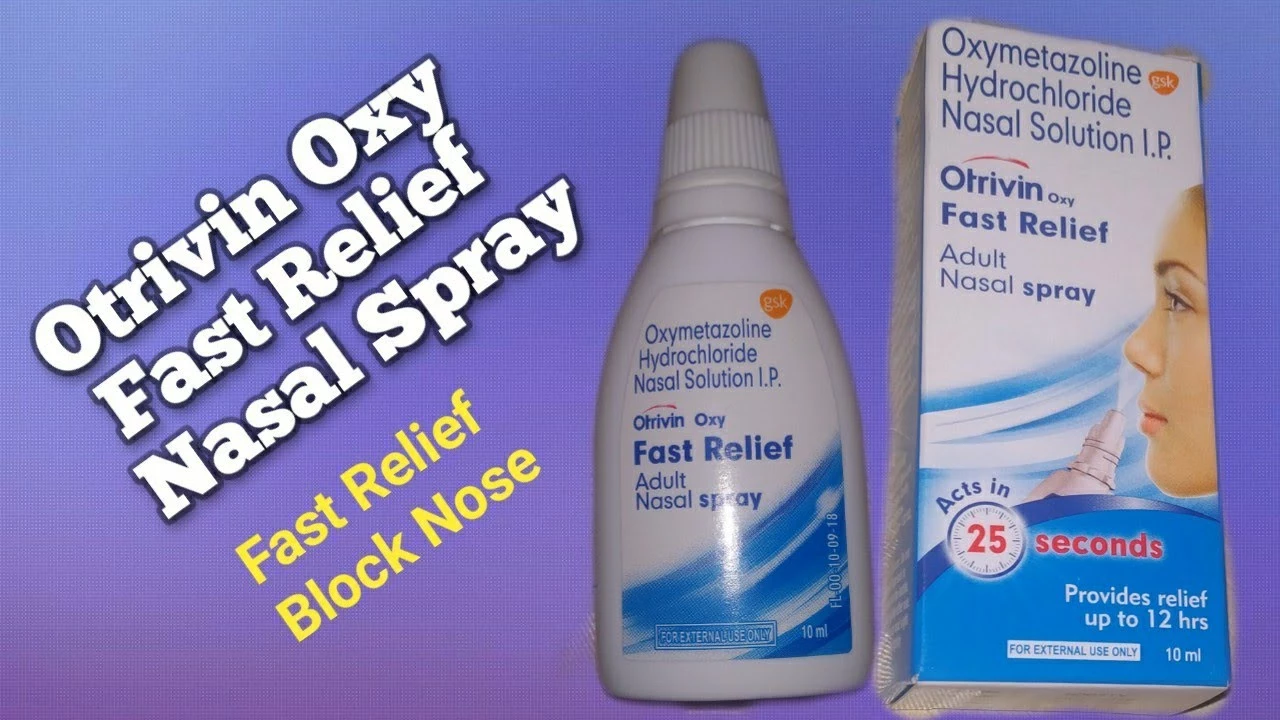Oxymetazoline Hydrochloride: Quick Relief for a Stuffy Nose
If you’re battling a blocked nose, chances are you’ve seen a bottle of oxymetazoline hydrochloride on the shelf. It’s the active ingredient in many over‑the‑counter nasal sprays that promise fast decongestion. But how does it actually work, and what should you keep in mind before spraying?
What Oxymetazoline Hydrochloride Does
Oxymetazoline hydrochloride is a vasoconstrictor – it narrows the tiny blood vessels inside your nasal passages. When those vessels shrink, swelling goes down and air can flow more freely. The effect kicks in within minutes, so you feel relief almost right away. Because it’s a localized action, you usually don’t experience the jittery feeling that oral decongestants can cause.
How to Use It Safely
Using a nasal spray sounds simple, but a few tricks make it more effective and lower the risk of irritation:
- Blow your nose first. Clear out any mucus so the spray reaches the lining directly.
- Shake the bottle. This mixes the formula evenly.
- Aim correctly. Point the tip slightly away from the center of the septum (the wall between nostrils). Spraying right on the septum can cause nosebleeds.
- One to two sprays per side. Most products recommend 2 sprays (about 0.1 ml) in each nostril, no more than every 12 hours.
- Don’t over‑use. Limit use to three days straight. After that, the lining can become tolerant and rebound congestion may set in.
If you miss a dose, just wait until the next scheduled time – don’t double up. For kids under 12, check the label or ask a pharmacist for the right concentration; many sprays are formulated specifically for children.
Common side effects are mild: dryness, slight stinging, or temporary nosebleeds if you spray too close to the septum. If you notice persistent headache, rapid heart rate, or severe irritation, stop using it and talk to a healthcare professional.
People with high blood pressure, thyroid problems, or glaucoma should be cautious, because vasoconstriction can raise systemic pressure in sensitive individuals. A quick chat with your doctor can confirm whether oxymetazoline is safe for you.
Remember, the spray isn’t a cure for the underlying cause – it just eases the symptom. If your congestion lasts more than a week, worsens, or comes with fever and facial pain, it could be an infection that needs medical attention.
In short, oxymetazoline hydrochloride is a handy tool for fast nasal relief when used correctly. Keep the dosage low, stay within the three‑day limit, and watch out for any unusual reactions. With those simple steps, you can breathe easier without unnecessary hassle.

In today's post, we're setting the record straight about Oxymetazoline Hydrochloride. This ingredient, often found in nasal sprays, is often misunderstood. Contrary to popular belief, it's not addictive, though overuse can lead to a rebound effect, making your symptoms seem worse. It's also not true that it will damage your nasal tissue if used correctly. This just goes to show that it's crucial to dig deeper than the myths to understand our medicines.
Read More